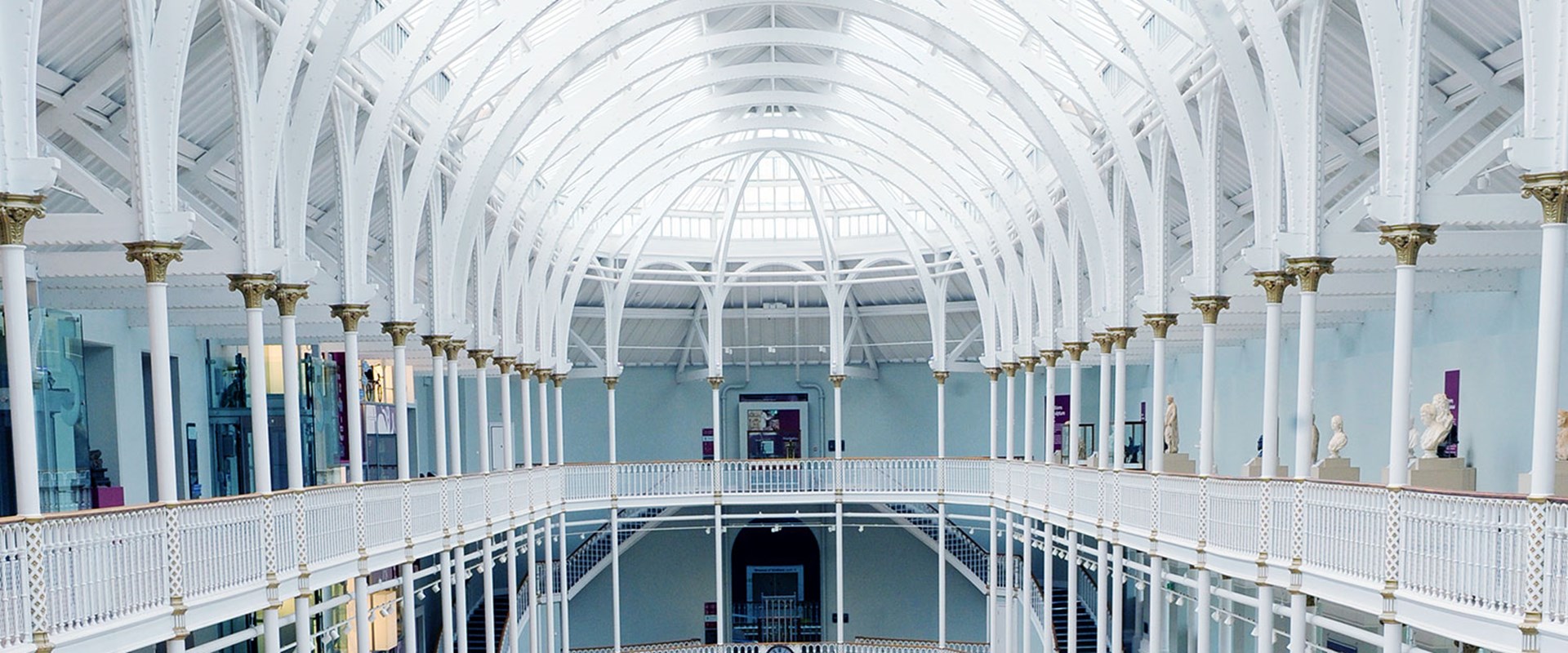Striking designs present vivid depictions of Kabuki, the popular form of traditional, all-male, Japanese theatre which combines drama, music, dance and acrobatics in convoluted plots concerning dramatic, emotional conflicts and feats of derring-do.
The woodblock prints were a cheap and colourful medium of entertainment, much like magazines and posters today. Their visual style will be familiar to fans of Manga comics, Japanese cinema and even Quentin Tarantino’s Kill Bill films. Publishing houses commissioned designs from the very greatest artists of the era, but the prints were affordable to the average person on the street.
In the 19th century, both men and women clamoured to acquire pictures of their favourite actor in the latest play. Such prints often sold in the thousands, creating an almost endless demand for new compositions from artists. The obsession with Kabuki actors led artists to take backstage scenes or life offstage as subject matter and so, in a loose parallel with modern candid publicity pictures in celebrity magazines, some prints portray actors out for a walk, dressed as ordinary people, or attending festivals. There are also representations of their cultural activities, participating in salons for poetry composition and calligraphy.
Rosina Buckland, Senior Curator - East & Central Asia at National Museums Scotland, said:
“These prints are a really vivid reflection of Kabuki as a cornerstone of 19th century Japanese popular culture, and yet the visual style will be immediately recognisable to a lot of 21st century audiences. The exhibition affords a rare opportunity for a Scottish audience to view this material and to learn more about a fascinating cultural and social period in Japanese history”.
In all, National Museums Scotland holds approximately 4,000 Japanese woodblock prints. These were acquired in the 1880s, at the peak of the craze for Japanese art and design in Europe (known as Japonisme). The collection is concentrated on the nineteenth century, the period of greatest expansion of the medium. The exhibition represents the finest examples in the collection and includes many precious and rarely seen examples.
The time span of the exhibition (1830s–1870s) also encompasses a period of significant unrest culminating in the collapse of the feudal system in 1868, followed by a period of modernisation and social reform. The later prints reflect these changes, in the style and themes and also in the introduction of new technology and dyes which expanded the possibilities for artists and publishers.
The exhibition will be supported by a publication and a programme of events.
Note to Editors
-
National Museums Scotland looks after museum collections of national and international importance and provides loans, partnerships, research and training in Scotland and internationally. Our individual museums are the National Museum of Scotland, the National Museum of Flight, the National Museum of Rural Life and the National War Museum. The National Museums Collection Centre in Edinburgh houses conservation and research facilities as well as collections not currently on display.
-
The National Museum of Scotland reopened in summer 2011 following a three-year, £47m redevelopment. Since then it has entered the top ten most popular UK visitor attractions (ALVA), becoming the most popular attraction in the country outside of London. With nearly 1.9 million visitors in 2012, the Museum is also one of the top 20 most popular art museums and galleries in the world (The Art Newspaper). It was also voted the number one museum in the UK in TripAdvisor’s inaugural Travellers’ Choice Awards earlier this year.
For further information and images, please contact: Bruce Blacklaw, Ruth Mackie, Susan Gray, b.blacklaw@nms.ac.uk, 0131 247 4165.

